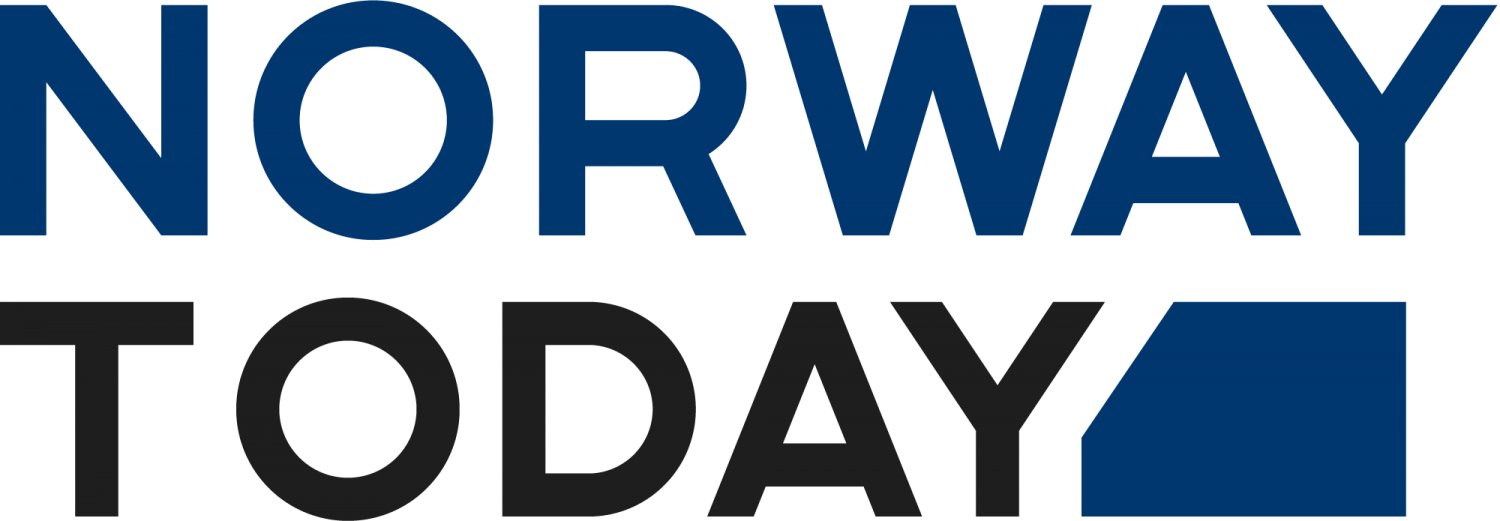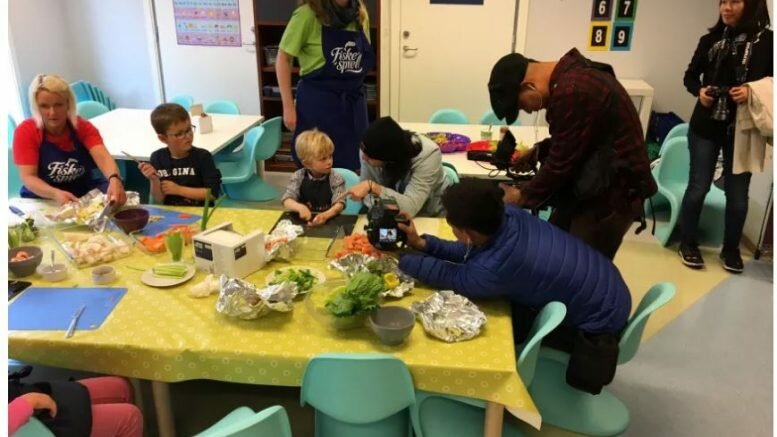The Seafood Council were in Bergen and Oslo with a group of journalists from Thailand to learn about Norwegian seafood this week.
One of the highlights was when the group visited Havhesten kindergarten at Sotra, and ate lunch that the children had made themselves. The kindergarten is in Fiskesprell, a program that teaches schools and kindergarten employees how to encourage children to eat more seafood.
‘It was a great visit, and we were treated very well by the kids and staff. One journalist was so impressed with how the kids handled both the knives, and fish, that she said it was an experience she would never forget’, said Jon Erik Steenslid, of the Fisheries Commission for Seafood Council in Southeast Asia.
Learning about salmon – from migration to the sea, to preparation
During the week, the group, consisting of nine journalists from television and magazines, as well as a visiting aquaculture professor, saw the entire chain from farming, and migration, to the ‘prep’ and filleting house. Among other things, the group was taken to the Sekkingstad’s facility outside Bergen.
‘We are very pleased with the visit from the Thailand media, which showed us the importance of salmon both for us, and for Norway. Southeast Asia and Thailand are already significant markets for us, something we expect to strengthen further in the future as Norwegian salmon grows stronger and gains presence in this region’, said sales director, Jannicke Sekkingstad Johansson.
In addition, the NIFES group in Bergen visited to show the Norwegian model for management, fish health, food safety, and the health benefits of eating seafood.
A market in growth
Last year, Norwegian seafood exports to Thailand amounted to almost NOK 1 billion, making seafood the largest export product from this country. Despite an increasing market share, knowledge of Norway’s fish production is very low, with only 12% of consumers being aware that Norway produces salmon.
‘Consumption of fresh Norwegian salmon is showing good development in Thailand, especially via Japanese sushi restaurants. But the vast majority of consumers in Thailand believe that the salmon they eat comes from Japan, when in fact, it’s Norwegian. We are now working to change market activities, and this press visit by Thai journalists will be an important part of this work’, said Steenslid.
© NTB Scanpix / Norway Today




